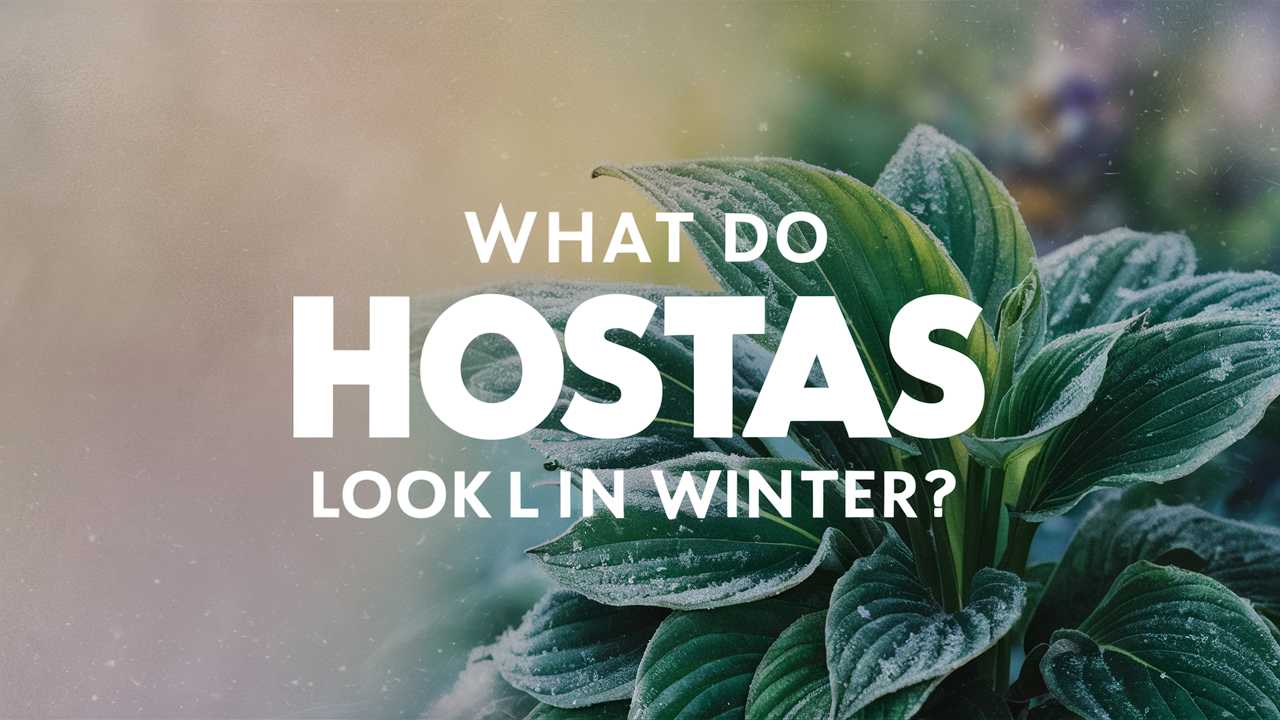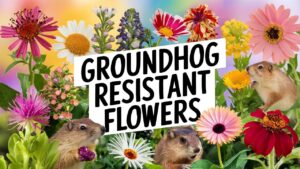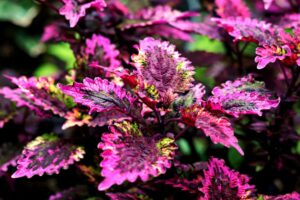What do hostas look like in winter? This exploration of the winter months reveals the beauty and resilience of hostas, offering insights into their appearance and how to care for them during this often-challenging season.
The Visual Transition: From Fall to Winter
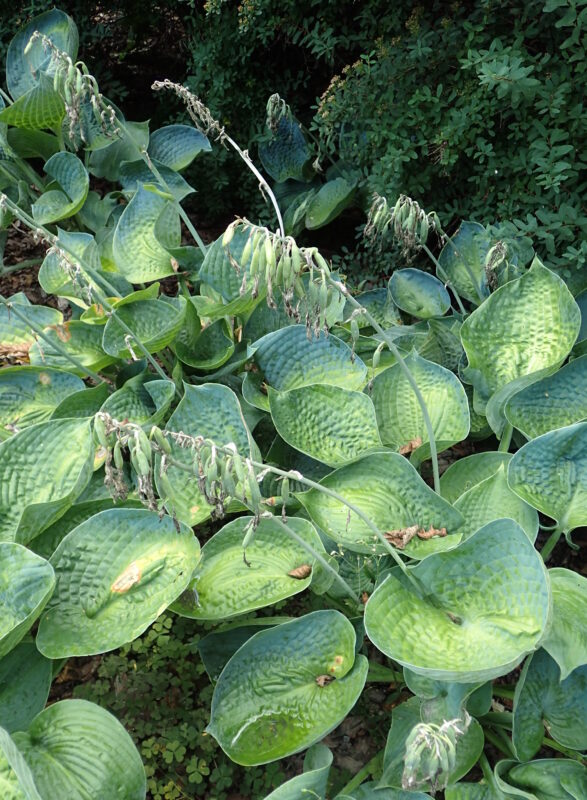
As autumn progresses, hostas begin their transition into winter. The vibrant greens that once brightened gardens start to lose their vibrancy, giving way to a palette of muted colors. Leaves undergo a beautiful metamorphosis, often displaying hints of yellow, gold, and even purple before eventually dying back.
Texture Changes
During this transition, a noticeable alteration occurs in texture as well. The crisp, luscious leaves of summer yield to a more rugged appearance. As the leaves dry, they may curl or papery as they lose moisture. Those vibrant hosta leaves, once robust and full of life, stand out against the winter landscape, often becoming a stunning contrast against the soft white snow.
The Ground Effects
As the ground freezes, hosta plants, which often have deep root systems, settle into dormancy. The visible portion of the plant gradually dies back, with brown, wilted leaves drooping toward the ground. The foliage that remains does not decompose immediately—it may linger in the garden, providing a textured contrast to the stark winter landscape.
Hosta Varieties in Winter: A Closer Look
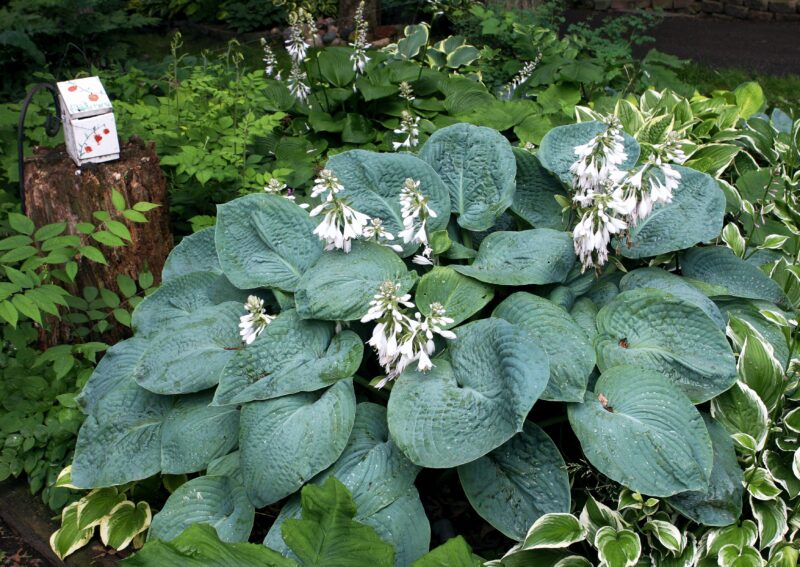
Not all hostas look the same in winter. With an array of varieties, each contributes uniquely to the winter garden. Here’s a closer look at a few popular types.
1. Hosta plantaginea
Known for its large, heart-shaped leaves, Hosta plantaginea retains a significant amount of structure throughout winter. Their leaves may turn an olive-brown but are robust enough to withstand snowy coverage. The ground remains adorned with these enduring remnants, offering an inviting sight when the first spring blooms start peeking through.
2. Hosta tokudama
This variety is celebrated for its striking blue leaves. In winter, the leaves turn a lighter shade, the vibrant hues transforming into muted pastels. The unique, wavy edges hold their shape well, and the contrasting textures against a blanket of snow can be quite enchanting.
3. Hosta ‘June’
With its stunning variegated leaves, Hosta ‘June’ offers a visual treat throughout the seasons. In winter, its gold margins become less defined as the leaves dry, but the unique shapes still stand out. The remnants of this hosta can add a lovely interest to a winter garden.
4. Hosta ‘Francee’
This hosta features striking dark green leaves with white margins. In winter, they curl and turn brown, creating a distinct silhouette against the frost. The contrast of dark and light adds depth, especially when framed by fresh snow.
Caring for Hostas in Winter

While hostas are resilient, attention during the winter months can help them thrive for the next growing season. Here are some suggestions for maintaining hostas through the colder months.
Mulching for Protection
Applying a layer of mulch is an excellent way to protect hostas during winter. Mulch aids in temperature regulation, preventing the freeze-thaw cycles that can be detrimental to roots. Organic options, such as shredded leaves or wood chips, are effective as they decompose and enrich the soil as spring arrives.
Avoiding Impatience: Why Not Cut Back?
Many new gardeners are tempted to cut back hostas in autumn. However, leaving the foliage intact serves multiple purposes. First, the leaves protect the crowns of the plants from harsh winter conditions. They also provide shelter to beneficial insects and wildlife throughout the colder months. Moreover, the dried leaves can add a textural quality to your winter landscape.
Watering Considerations
Though hostas enter dormancy, they still benefit from some moisture during dry spells in winter. Watering before the ground freezes ensures the roots have adequate hydration. However, it’s important to avoid oversaturation, as waterlogged roots can lead to rot.
The Winter Landscape: The Beauty of Decay
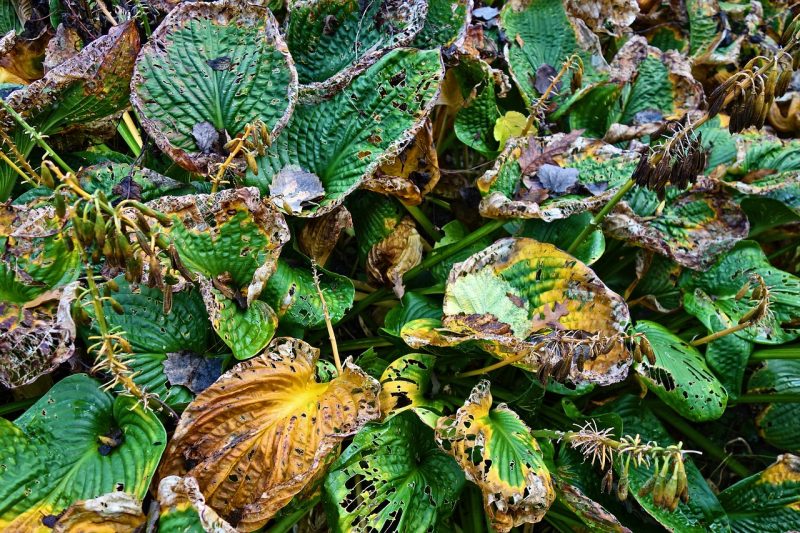
As hostas enter dormancy, their decaying leaves provide a basic visual layer in the winter landscape. Brown textures stand out against the white backdrop, creating an ethereal quality. There’s a beauty in this decay, showcasing nature’s cycles and setting the stage for new life.
The Aesthetics of Winter Gardens
For those who appreciate the artistry of winter gardens, hostas can be an integral part. Even in their dormant state, hostas contribute to designs by providing structure and varying heights. When paired with evergreens and ornamental grasses, they form an enchanting tapestry that can delight the eye during a season often considered dreary.
Encouraging Wildlife
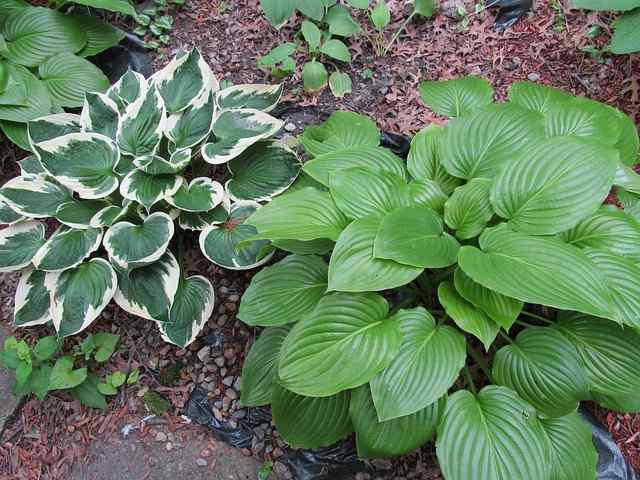
Even during winter, hostas play a role in the ecosystem. The leaves and spent flowers create microhabitats that shelter sensitive fauna. Small mammals, insects, and even birds can find refuge among the dried hosta leaves, creating a thriving winter microenvironment.
Helpful Wildlife
Certain species of birds may utilize the shelter provided by hosta leaves, foraging for insects that may remain active in your garden. This natural habitat encourages a healthy garden balance, allowing beneficial wildlife to carry out essential ecological functions.
Preparing for Spring: The Role of Winter
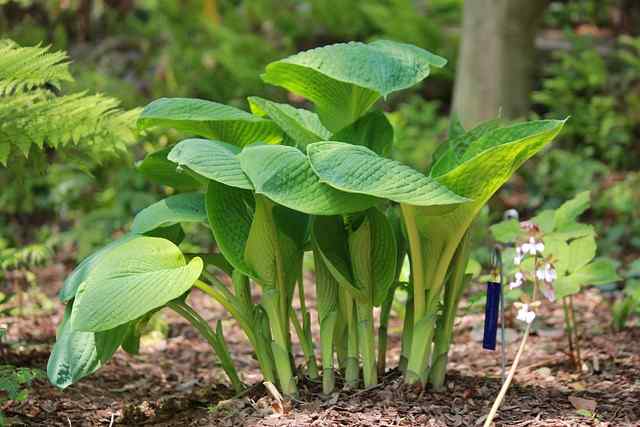
Although winter can seem quiet in the garden, for hostas, it is a time of vital rest and recuperation. The dormant months prepare them for the burst of life that spring brings. As winter snow melts, the accumulated moisture will nourish the roots, promoting new growth.
What to Expect in Spring
As temperatures rise and daylight increases, hostas will begin to awaken. Small shoots breaking through the soil indicate the end of dormancy. Those once-brown leaves will be replaced by vibrant foliage, heralding the beginning of a new life cycle.
Observing the transition from winter dormancy to spring vibrancy is one of the joys of gardening. The patient gardener who respects nature’s pace will be rewarded with a stunning display of leafy greenery.
Conclusion: The Quiet Resilience of Hostas
Exploring what hostas look like in winter reveals a fascinating narrative of resilience, beauty, and life cycles. Though their bright summer foliage fades, hostas contribute an understated elegance to winter landscapes. From texture contrasts to serving as habitats for wildlife, these plants offer much more than meets the eye during the cold months.


